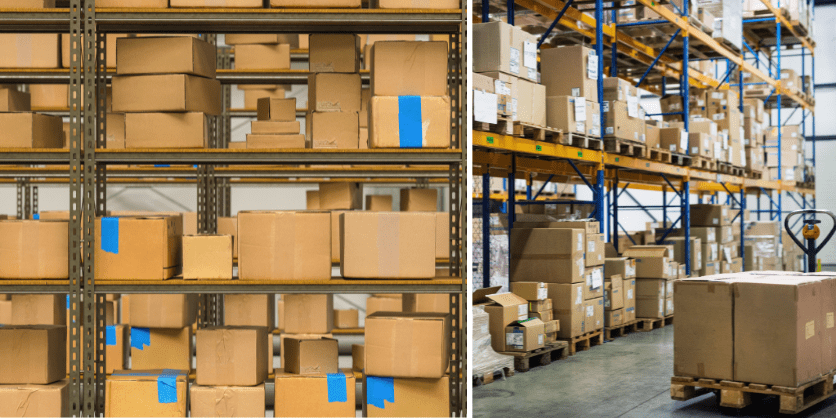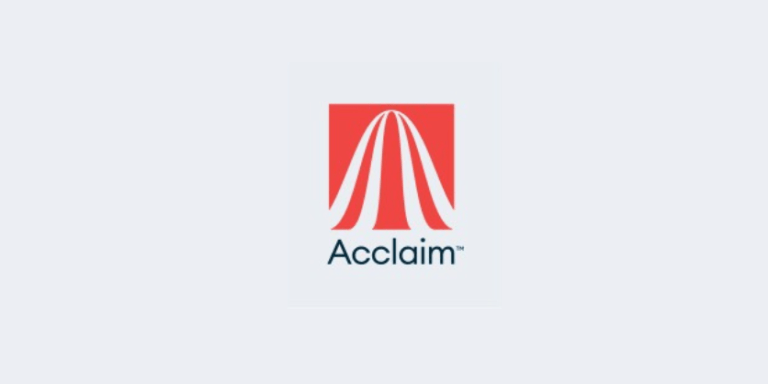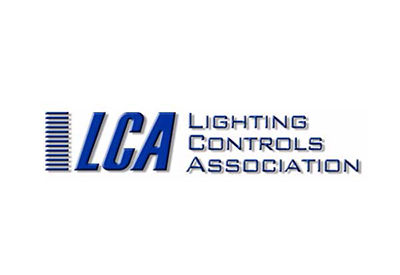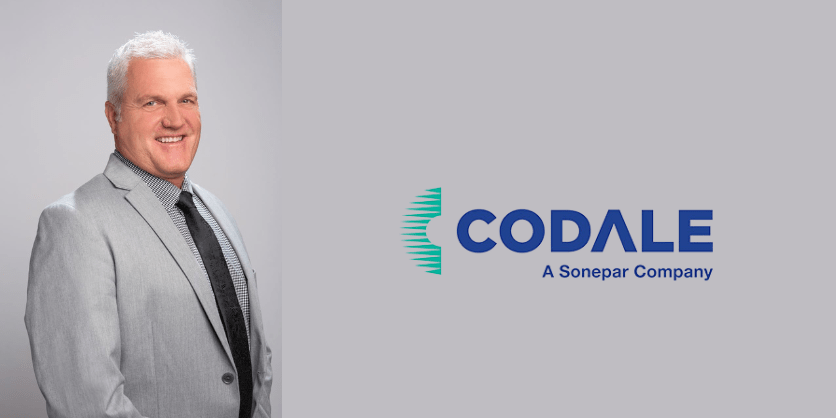How to Take Advantage of a Slowdown to Improve Business

Slowdowns happen — and right now tariffs are a main cause. Billy Lindler, president & CEO of USSI – a firm that provides engineering consulting and warehouse solutions to distributors – shared techniques that his clients have applied to their businesses when foot traffic has slowed.
“Everyone’s talking about tariffs, but there is also a lot of business uncertainty. It’s a tough environment for capital spending on new warehouses and showroom construction. And, on top of that, the cost of materials has gone up — steel has gone up 42% since January,” he noted in an interview with Home News Now.
Lindler tells distributors to pay closer attention to what is in their warehouse, advising them to use the downturn to evaluate every item and to consider re-engineering any processes they haven’t had time for when the business is busy.
“We’re working with one client whose strategy was to have a backroom warehouse at every showroom, but now they’re thinking, ‘Hey, we don’t need two trucks at every showroom for the three or four deliveries we make each day. Let’s have more centralization, fewer vehicles, and less handling of product and use this situation as an opportunity to get more efficient.’ That lower tide in the marketplace shows where the rocks are and where we can, operationally, make some improvement,” Lindler explained.
Scrutinize your warehouse
Whether you are a single showroom or have multiple locations, it’s time to go into each backroom and look at how you are utilizing those spaces.
“Another retailer we work with is looking at their inventory and determining what isn’t saleable,” Lindler advised. In the case of a furniture store client, that introspection led to the discovery of several incomplete sets of furniture taking up space in the warehouse. In other instances, his clients realized there was product in the warehouse that wasn’t on display. “It’s not going to move out of the warehouse because customers don’t see it anywhere in the showroom,” he said.
According to Lindler, now is a good time to perform more intensive inventory management. “Some retailers are getting very analytical. There is a lot of talk about AI, but this step involves straight-up business intelligence of looking at your best sellers and making intentional purchase decisions that drive the inventory on-hand,” he stated.
Tariffs have also caused retailers and manufacturers to rethink where they are sourcing from, which adds another level of complexity. In some cases, distributors may have over-bought recently in order to beat the tariffs, but may end up holding onto that merchandise for far longer than anticipated.
Another concern for distributors is to consider changing their suppliers to ones that source from countries with less tariffs and ones with significant distribution in the U.S. Be warned: when you change vendors, it will most likely alter your typical proposed timelines.
Where to go for advice
Which tools does Lindler suggest for those who would like assistance with the evaluation process and inventory management?
“Use AI and ask ChatGPT or Co-pilot or another program questions for your specific situation, such as, ‘I’m a three-store retailer with this XYZ assortment of product, what should I be doing?’ It’s amazing what you will get in response to that, but it really depends on the size of your business and the specific problem that you have,” Lindler noted. “We all have technology that’s right underneath our noses and available on our laptops today that we’re not fully utilizing. We’re creatures of habit and we all use Excel or Outlook in a little bit different way [from one another],” he added. “I have a friend that I’ve made through a CEO network and he spends one hour every Saturday studying AI. He’s one of the most knowledgeable people I know, and he’s made that intentional effort to say AI is here right now, and we have to figure out how to use it.”









